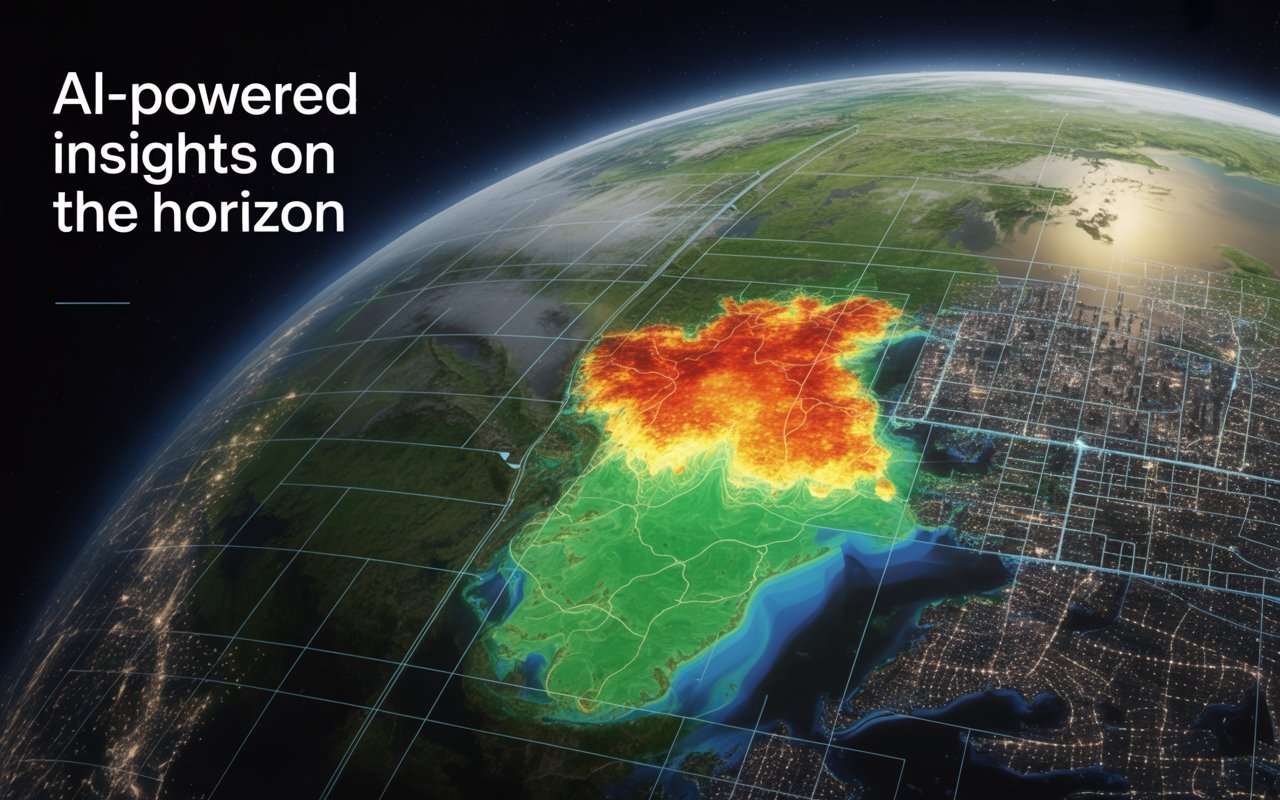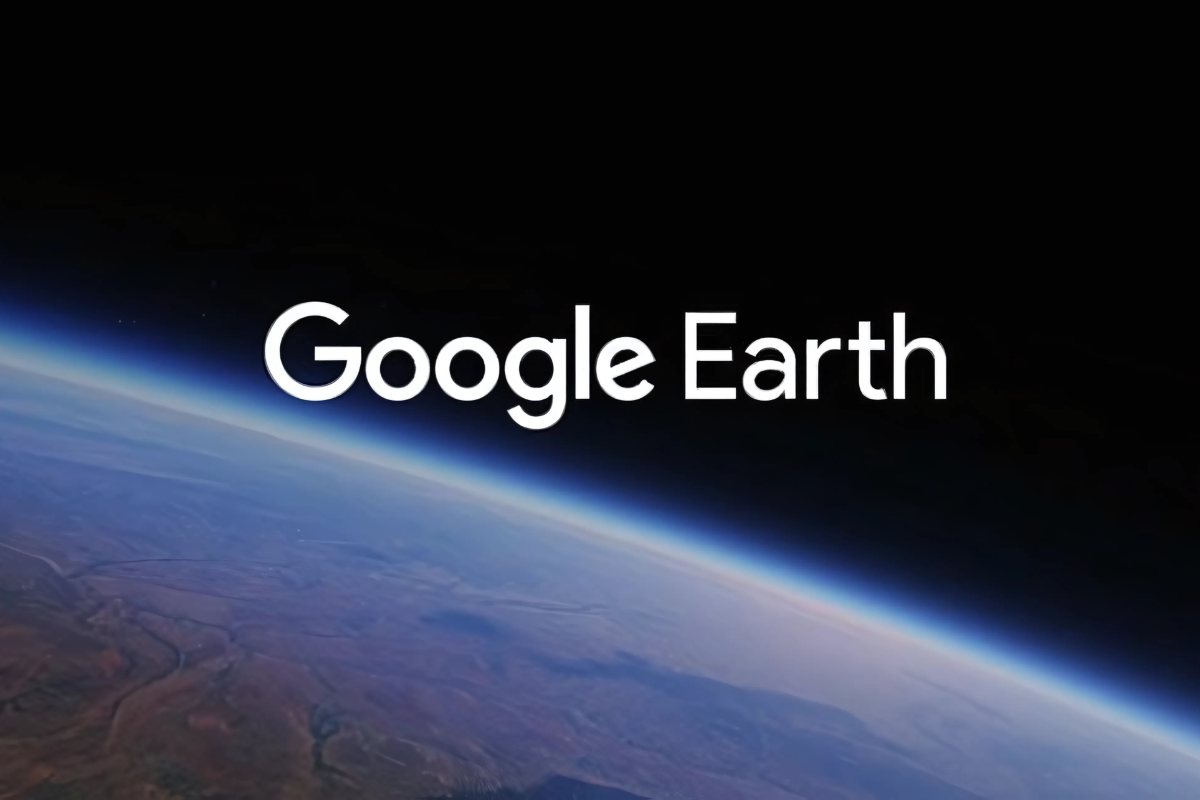Learn how this innovation empowers smarter city planning, historical analysis, and mapping.
A New Layer Of Time In Google Earth
In a move that marks an important evolution of geospatial technology, Google Earth introduced historical Street View imagery so users explore how places changed across time from the street level. This powerful update coincides because Google Earth marks its 20th anniversary and reflects Google’s continued commitment to blending digital maps with real-world perceptions.
Now this functionality exists outside Google Maps on desktop. There, users can scroll back within time because they use archived imagery. Google Earth now includes this capability as part of a wider platform featuring aerial timelines, satellite timelines, 3D visualization, and environmental overlays.
The new feature is enabling users in order to:
- Older Street View images can be accessible in those cases where they are available. This imagery goes as far back in time as 2007.
- View landmarks, neighborhoods, and urban areas as they change over time.
- You can toggle between different years by the use of intuitive controls within the Google Earth interface.
This feature offers a visually rich adventure into time, whatever your interests. Maybe it is that you want to explore the rise of modern skyscrapers, track a neighborhood’s gentrification, or see just what your old school looked like a decade ago.
Why This Matter
While traveling back in time via Street View might sound fun also it is for, it implies far more meaning for:
- Development as well as Urban Planning
City planners and architects can study infrastructure evolution, zoning changes, or construction’s impact across time.
- Environmental Monitoring
By comparing images from different time periods, professionals visualize coastline shifts, forest cover changes, or environmental degradation caused by climate change.
- Historical Documentation
Imagery can be used by historians and also archivists for the preservation of digital records of how places looked at some point in the past. The imagery gives support for the initiatives of cultural preservation since it does record the past.
- Real-State Analysis
An area’s historical growth can be examined by investors and developers plus property development, occupancy, and neighborhood appeal trends can be identified.
AI-Powered Insights on the Horizon
In addition to historical Street View, Google is also preparing for a rollout of AI-improved layers within Google Earth Pro. These will provide:

- Vegetation density and the tree canopy
- Urban heat island data
- Surface temperature mapping
- Planning overlays over land use
These perceptions will empower climate science, urban development, and public policy professionals to make geographically precise decisions using data.
User Accessibility And Integration
The Street View historical feature is currently available upon both web and mobile platforms since that availability ensures broad accessibility for researchers and educators and also the general public. Toward reinforcing Earth’s position as a thorough tool for spatial and temporal exploration, the rollout builds upon last year’s update, which introduced historical satellite and aerial views to Google Earth Pro.
Visual Intelligence Is Reshaping How We Interact With Space
The integration of historical Street View imagery into Google Earth represents more than updating features; it signals how we shift our engagement with geography, urban development, along with digital history. Maps are transforming into tools that enable storytelling, analysis, and decision-making as data-rich engaging experiences.
This redefines industries now. City planners are able to simulate urban growth during a period of time, and environmental researchers are able to monitor changes to the landscape. Educators can use visual history for improved learning. Data based on time, intelligence that is artificial, and intelligence of location converge to set a new standard. We now visualize as well as interpret the world all around us in some new way.
Looking Ahead
The constant advancement of Google Earth using AI, live data, and past views will establish it as firms’ main planning system. For developers building geo-enabled applications, researchers studying land use change, or curious explorers diving into the past, this new capability opens a world of possibilities.
Need help building location-aware or data driven platforms?
GetGeeko builds real-world solutions using tools like Google Maps, Google Earth Engine, and AI analytics developing custom software and geospatial applications.



